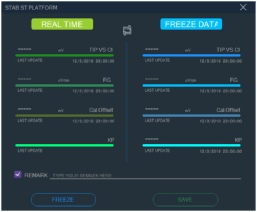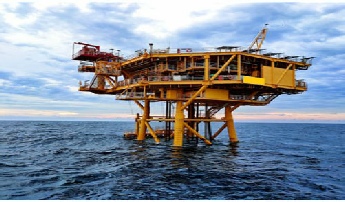Cathodic Protection Survey
CP1000 SINGLE CELL CONTACT CP WITH CONTINOUS POTENTIAL (DIGITAL)

This system and equipment are simple and efficient way to obtain CP potential on subsea structure and anode to determine the CP protection level.
By using Remote Cell for CTC technique, our system is able to measure accurately the continuous CP potential come with consultation of NACE CP specialist and certified personnel in the oil & gas industry for over 10 years.
CP2000 TWIN CELL CP SURVEY
 CP2000 system is the upgraded and enhance version for globally use in Subsea Cathodic Protection Survey. The system and equipment are designed following the specification requirements that meet DNVGL – RP-
CP2000 system is the upgraded and enhance version for globally use in Subsea Cathodic Protection Survey. The system and equipment are designed following the specification requirements that meet DNVGL – RP-

CP2000 is a user-
Our twin-
Field Gradient measurement is used to estimate remaining life of anode and anode current output. Raw Data Analogue is converted to Digital by Hi-
Raw data will be transferred to CP2000 processing software for reporting, analysis and charting CP and FG profile. Our CP1000 and CP2000 System are guaranteed to be the advanced technology and high accuracy system in the markettoday to meet your expectation and purposes at most attractive rates.’

